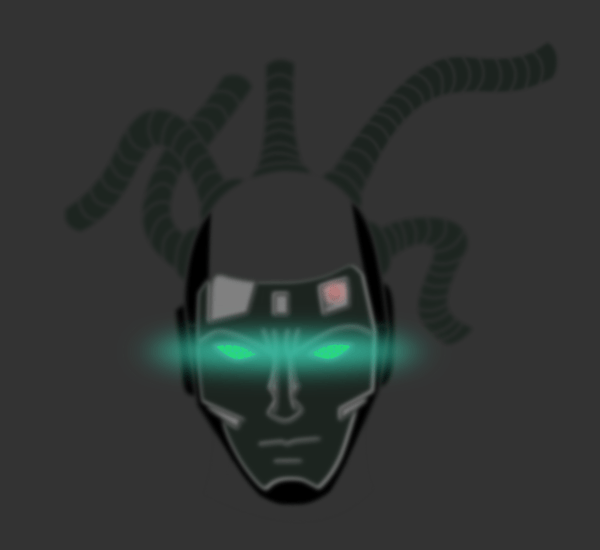Inventions such as the wheel, the printing press, light bulb, telescope, microscope, transistor, microchip, and the Internet, are amazing in and of themselves. However, these, and thousands of other inventions have also provided an indispensable foundation, and a toolkit, for other, newer inventions, leading to a pace of innovative progress unlike anything seen before. For example, the microchip, leading to the computer, has helped humans conceive of and find new inventions by helping them process information more efficiently. But the computer, until recently, has only helped to solve inventive problems framed by humans and arrive at solutions that are, in some sense, only anticipated by humans. Until now, prior inventions have only provided assistance to the inventive activity of human beings; historically, the human mind has ultimately been the source of invention.
That paradigm, however, is changing. Recent advances in computer technology, as well as the exponential growth in available data, are leading to the advent of artificial intelligence and machine learning. Some have said that most of the data ever created has been created in the last several years. What we call “artificial intelligence” represents a massive increase in the power of computer problem solving that has been enabled by massive amounts of new data. Data is like fuel – the more data available to computer algorithms, the more powerful those algorithms become in operations that approach machine learning. And, with this new power, machines are becoming increasingly able to formulate problems and “imagine” (i.e., invent) solutions in ways that were previously reserved for human beings.
The possibility that a machine can be an inventor raises interesting questions for how we think about incentivizing inventorship and the kinds of monopolistic protection we afford to inventions in the future. Patent law is the body of law that deals with, and specifically, provides certain protections for, inventions. The concept of inventorship is core to patent law, and, with the change in the inventorship paradigm noted above, the question naturally arises who, or what, under the law can be an inventor? Can a machine be an inventor? More specifically, can artificial intelligence software be listed as an inventor on a patent application? This is the question that was recently addressed by the United States Court of Appeals for the Federal Circuit on Aug. 5.
In Thaler v. Vidal, the Appellate Court held that an inventor must be a naturalized person. Put another way, only human beings can be inventors. This case arose when Thaler tried to acquire patents for inventions developed by his “Creativity machine” known as DABUS. The United States Patent and Trademark Office (USPTO) denied Thaler’s applications, claiming that there must be a human inventor. Similarly, patent courts in the European Union, the UK, and Australia, all ruled against Thaler. Only South Africa allowed for an artificial intelligence inventor and granted Thaler a patent.
Here, in the United States, Thaler appealed the USPTO decision to the US District Court before appealing to the Appellate court. Both the District Court and the Appellate Court made the same conclusion that non-human entities cannot be inventors. No other American courts have addressed this issue, and unless the United States Supreme Court has an opportunity to consider the issue (in Thaler’s case or in a future case), the Federal Circuit Court of Appeals is the final authority on patent matters.
In its analysis of the issue, the Court of Appeals declined to engage in an analysis of the nature of an invention or the rights that might be attributed to artificial intelligence. …….
Source: https://www.jdsupra.com/legalnews/artificial-intelligence-and-9828846/
